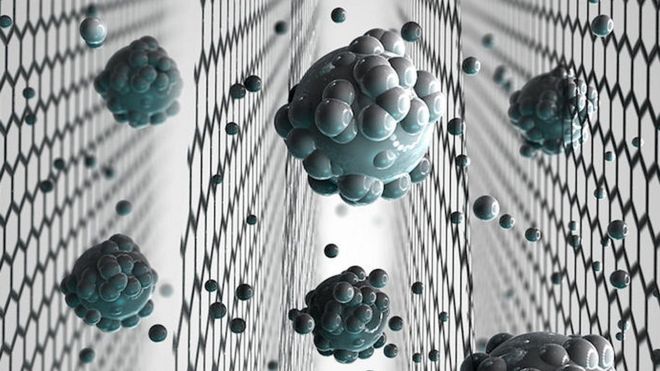A UK-based team of researchers has created a graphene-based sieve capable of removing salt from seawater.
The sought-after development could aid the millions of people without ready access to clean drinking water.
The promising graphene oxide sieve could be highly efficient at filtering salts, and will now be tested against existing desalination membranes.
It has previously been difficult to manufacture graphene-based barriers on an industrial scale.
Reporting their results in the journal Nature Nanotechnology, scientists from the University of Manchester, led by Dr Rahul Nair, show how they solved some of the challenges by using a chemical derivative called graphene oxide.
Isolated and characterised by a University of Manchester-led team in 2004, graphene comprises a single layer of carbon atoms arranged in a hexagonal lattice. Its unusual properties, such as extraordinary tensile strength and electrical conductivity, have earmarked it as one of the most promising materials for future applications.
But it has been difficult to produce large quantities of single-layer graphene using existing methods, such as chemical vapour deposition (CVD). Current production routes are also quite costly.
On the other hand, said Dr Nair, “graphene oxide can be produced by simple oxidation in the lab”.
He told BBC News: “As an ink or solution, we can compose it on a substrate or porous material. Then we can use it as a membrane.
“In terms of scalability and the cost of the material, graphene oxide has a potential advantage over single-layered graphene.”
(Visit the source article via BBC news online!)


Comments are closed